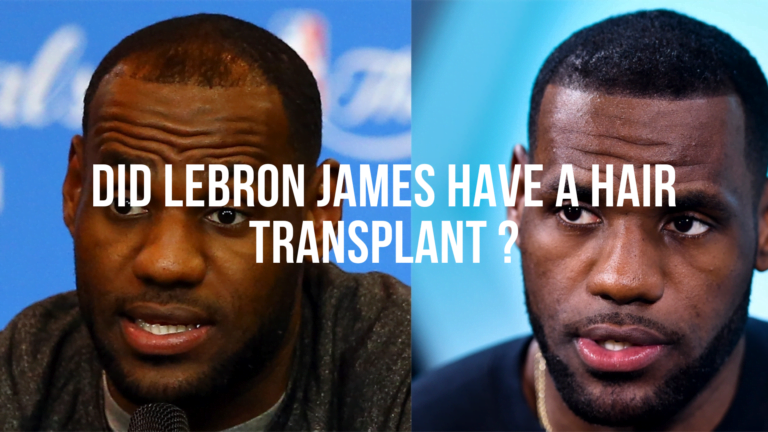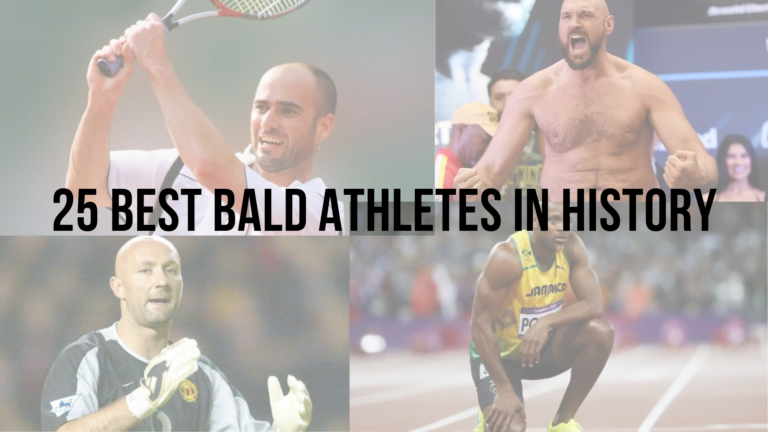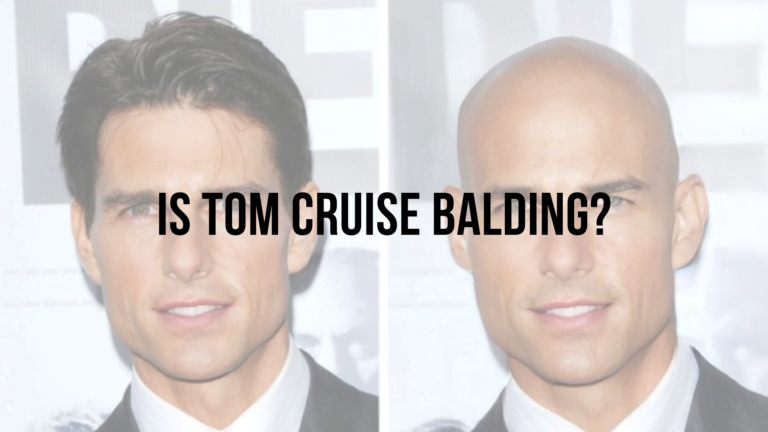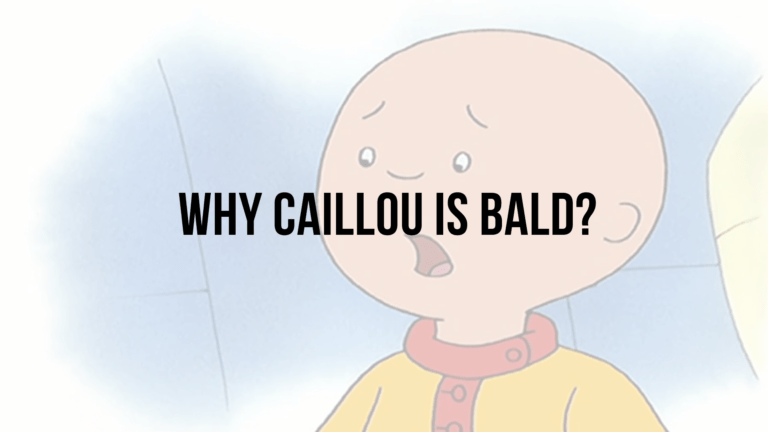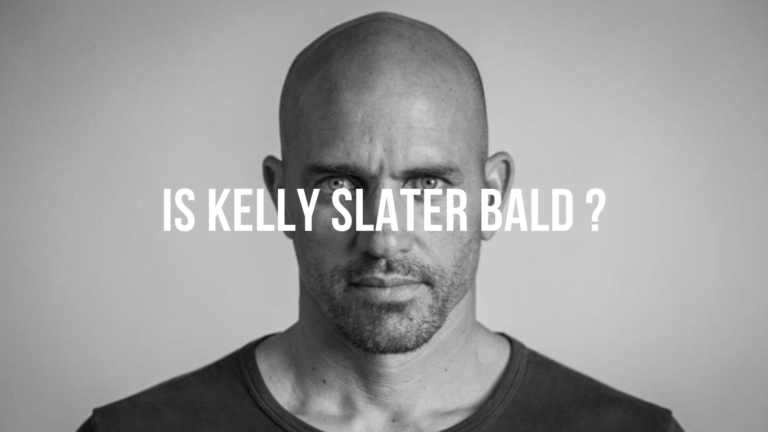Rafael Nadal’s hair transplant has intrigued fans and the media for years.
The interest of fans and media alike is not surprising given that Rafael Nadal, who is Spanish, is one of the world’s best-known tennis players, with an incredible string of achievements to his name.
Unfortunately, over the years, Nadal began to lose his hair like one his greatest rival, Roger Federer. Because of his notoriety, this made headlines and sparked rumors that the star had undergone a follicular micro-transplant to restore his hair.
Like many men today, Rafael Nadal has resorted to hair transplants to treat a baldness he could no longer really hide.
Has the man who won 14 titles at Roland Garros finally won his battle against baldness? Are the rumors about Rafael Nadal undergoing a hair transplant true? And if so, was it successful?
Table of Contents
When did Rafael Nadal’s hair loss begin?
Rumors of Rafael Nadal’s hair loss began in early 2016 after he attended an event in Melbourne with noticeably thinner hair. In addition, several news sites published photos of Nadal to highlight his hair loss on the top of his head, where his hair used to be denser.

This photo shows an increased visibility of the scalp through his hair: a common sign of hair loss. What’s more, the type of baldness he’s suffering from has not been revealed. On the other hand, his hairline is unaffected.
When did he decide to have a hair transplant?
In November 2016, Figaroa revealed the fact that Rafael Nadal had undergone a 10-hour operation in a Madrid clinic.
The surgery, which he underwent, reportedly involved the transplantation of 4,500 follicles from the top of his scalp.
Was his hair transplant successful and was he satisfied with the result?
Rafael Nadal has kept quiet about his hair loss and apparent transplant, so there’s no way of knowing whether he was satisfied with the end result.
But his hair has appeared noticeably thicker since his procedure took place. For example, his hair looks much denser on top of his head and newer overall in the photo below. This is consistent with the end result that patients tend to achieve after a successful hair transplant.
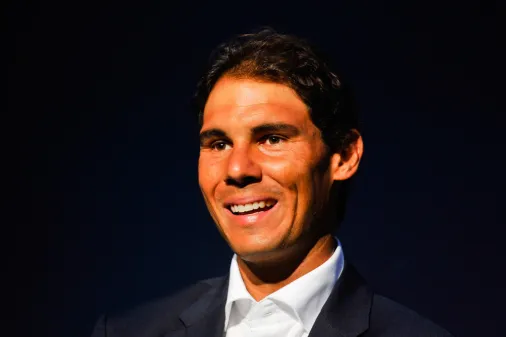
Another 2018 photo (below) offers a clear view of Nadal’s hair during a tennis match. You may notice that a small area of his scalp is visible through his hair, but this is less pronounced than in the previous photo. What’s more, the sweat could also have glued his hair to his scalp, increasing its visibility.
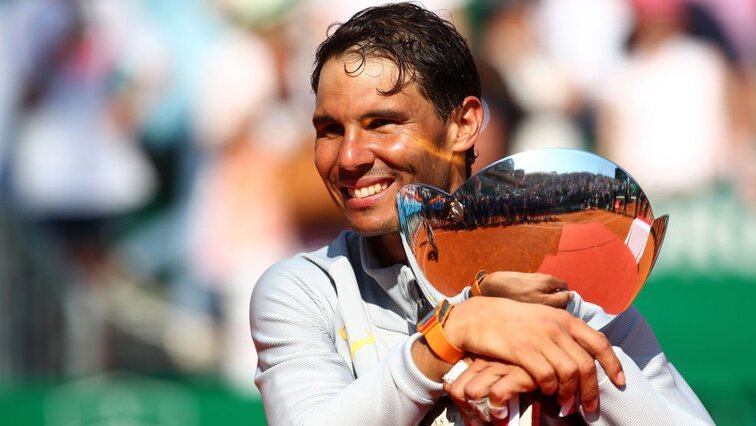
Nadal’s hair appears healthy and thick in the photo below from the 2020 French Open final. He may also have changed his hairstyle, as it appears slightly different than before, in order to cover his thinning hair more effectively: a common technique used by countless men.
With so many articles claiming that Rafael Nadal has undergone a hair transplant, and so many photos, there’s no longer any doubt that he has.
Read Also: is Justin Bieber balding ?
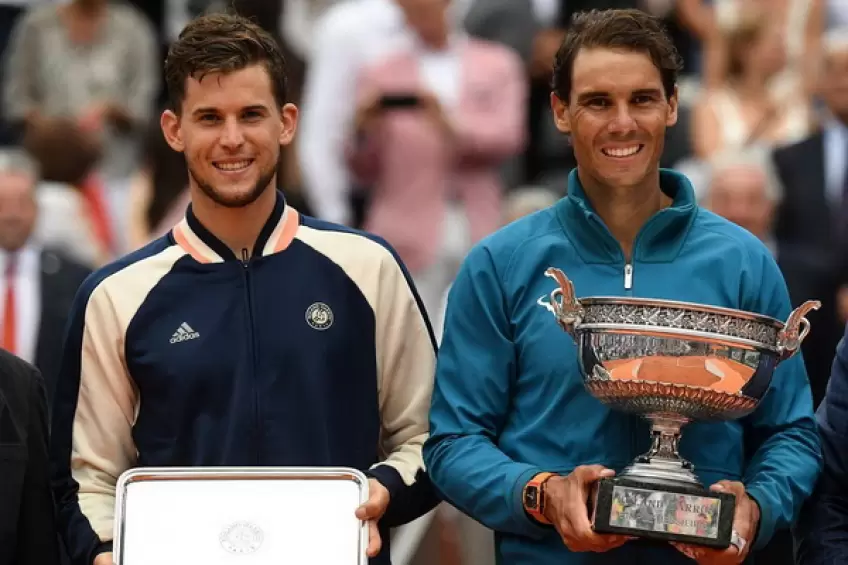
At 36, Rafael Nadal has already had 2 hair transplants
Everything seems to be going well for Rafael Nadal: the champion is successful and racking up the trophies! Only one detail seems to be escaping him: as he ages, his androgenetic baldness is gaining ground.
Before performing his first hair transplant in November 2016, the champion was at stage 3 on the Norwood scale, the unit used to measure baldness.
This means he has receding temporal and frontal gulfs, with his vertex beginning to show signs of weakness and thinning slightly. This is certainly why, on the courts and at press conferences, he regularly wears a headband, with long hair.

Four and a half years earlier, he decided for the first time to take the plunge and undergo a hair transplant, determined to regain the upper hand over the alopecia that was doing him no favors. The tennis player, who hails from the island of Mallorca, turned to a specialist clinic in Madrid.
According to El Mundo, a total of 4,500 follicles, or 10,000 hairs, were implanted in his front area, in a two-session procedure lasting around 10 hours.
The hair implant technique used was FUE (also probably used for Elon Musk’s hair transplant), which involves removing follicles one by one from the hippocratic area and re-implanting them in the sparse areas, in receiving holes made beforehand using forceps.
As a simple, non-standardized extraction method, FUE results are highly unpredictable, so you need to be sure you’re working with the right practitioner!

In 2018, he would again resort to hair implants, to fill in and densify his anterior crown, as the baldness had continued to advance.

The sportsman is said to have paid between 6,000 and 9,000 euros for each procedure. However, recent footage of his Roland Garros match against Djokovic shows that the results of his hair implants do not seem to have been worth the investment.
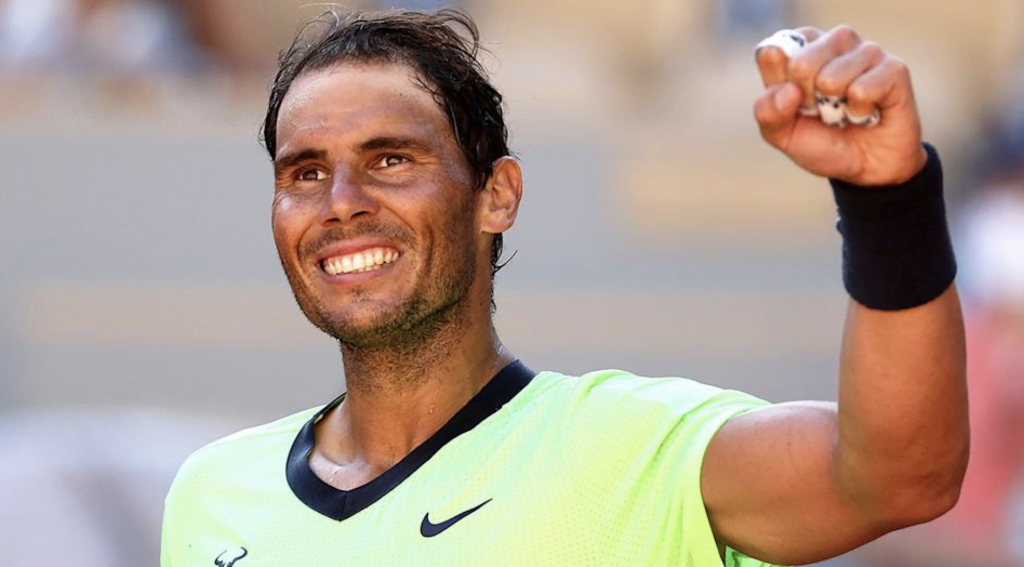
Our opinion about Nadal’s hair transplant results?
At just 36 years of age, Rafa has already resorted to hair implants twice in the space of 2 years. This may seem like a lot when you consider that the hippocratic zone is a limited source of hair, and that the champion continues to lose his hair regularly and abundantly.
Indeed, while implants never fall out, natural hair, which is programmed to fall out, eventually does, with loss peaking every ten years or so, with baldness stabilizing between the ages of 50 and 55.
It is therefore advisable not to plunder the patient’s hair capital, so as to spread out the interventions and be able to offer gradual, natural densification.
Read Also: 12 bald but Classy Celebs
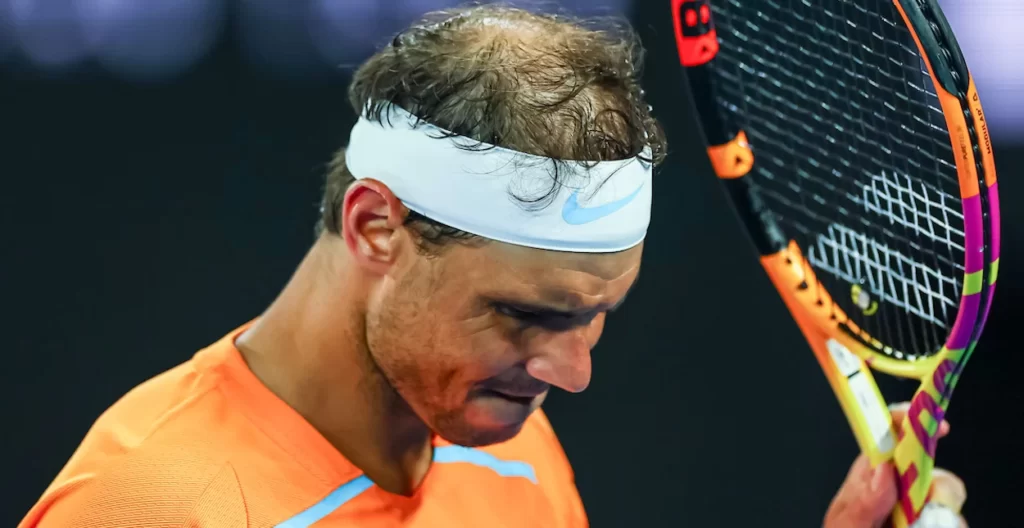
Although his first hair transplant in 2016 seemed rather successful, Rafael didn’t enjoy the results for long, as his baldness continued to worsen. That’s why, in 2018, he’s back at it again and treating himself to a new procedure, possibly involving another 10,000 hairs.
The champion’s donor area, having been largely harvested, and not appearing particularly rich, may not allow a third intervention, which seems necessary given the state of his baldness in 2021, presenting a weak connection between the implanted area and the area where hair loss has progressed.
Rafael may therefore have to make do with his current unsatisfactory results, with a very thinning head of hair, which is likely to continue to thin over time.
In addition, the progression of hair loss, caused by male pattern baldness, can accelerate under stressful conditions. Therefore, it’s possible that the pressure of his sport was a major contributor to his new hair loss.
In conclusion, the player’s donor area appears to have been “over-transplanted”, while clearly, the rate at which Rafael is losing his hair suggests that further sessions will be needed in the future to densify and fill in the loss.
The pressure on practitioners to do their utmost for such a high-profile patient is understandable, but to propose a first hair transplant of 10,000 hairs, then a second on an alopecia that has not stabilized, compromises the player’s chances of achieving a natural result in the long term.

